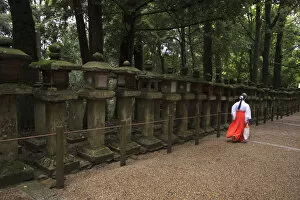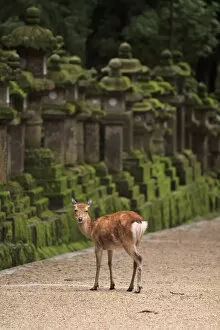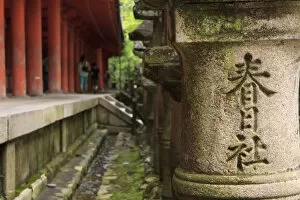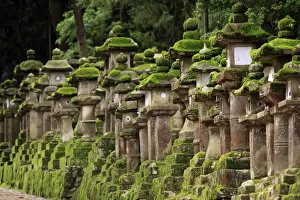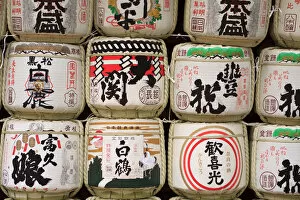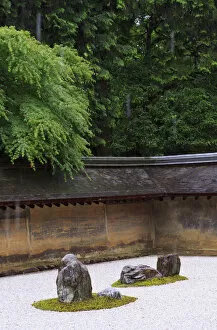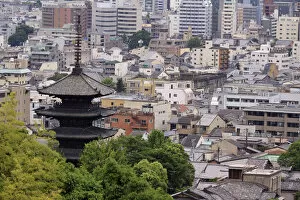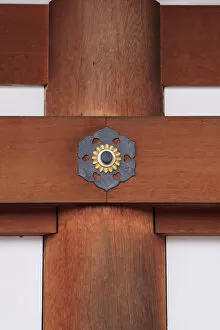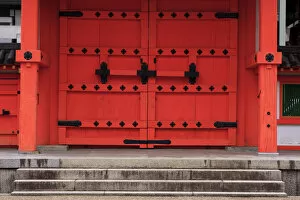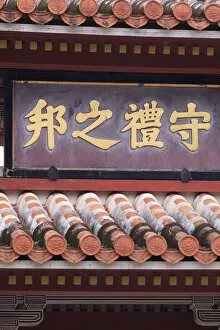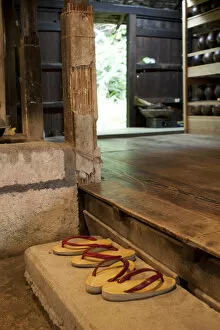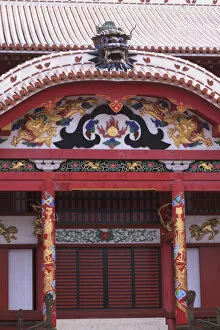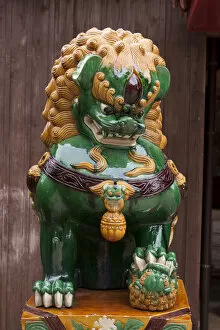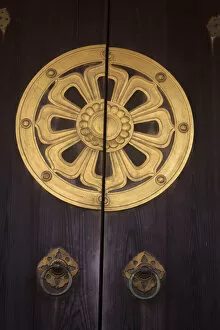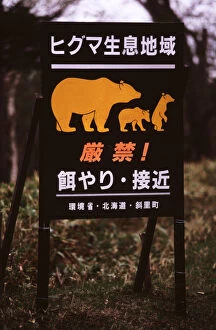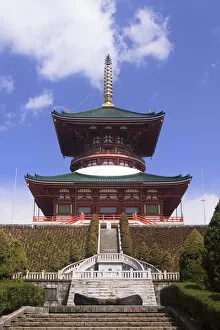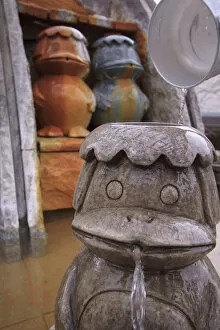Paul Dymond Collection (#2)
Paul Dymond, a wanderer at heart, finds himself captivated by the allure of diverse cultures and breathtaking landscapes
For sale as Licensed Images
Choose your image, Select your licence and Download the media
Paul Dymond, a wanderer at heart, finds himself captivated by the allure of diverse cultures and breathtaking landscapes. As he strolls along the path towards the Golden Temple (Kinkaku-Ji) in Kyoto, his eyes are drawn to the enchanting glow of a traditional Japanese lantern guiding him towards tranquility. In Cairns, far north Queensland, Paul observes a young boy fearlessly riding his scooter at the Esplanade Skate Park. The vibrant energy of this coastal city resonates with him as he witnesses youthful joy and freedom amidst palm trees swaying in the ocean breeze. Venturing further into Japan's cultural tapestry, Paul encounters a guardian stone lion traditional stone lantern at Kasuga-Taisha Shrine in Nara. Its stoic presence reminds him of ancient traditions and spiritual reverence that have stood the test of time. Continuing his journey through Asia, Paul explores Vietnam's rich heritage. At Tam Thai Pagoda on Thuy Son Mountain in Da Nang, he is humbled by its majestic beauty and profound serenity. Nearby stands Xa Loi Tower - an architectural marvel that seems to touch the heavens themselves. Immersing himself deeper into Vietnamese history, Paul discovers Quan Thang House in Hoi An - its inside courtyard adorned with intricate walls telling tales from centuries past. From there, he gazes across Thu Bon River to witness Hoi An's ancient town standing proudly against time's relentless march. As nature intertwines with human creations at My Son Sanctuary in Quang Nam Province, moss encroaches upon Hindu statues like whispers from forgotten eras. This mystical sight leaves Paul pondering about civilizations lost but not entirely forgotten. Returning to everyday life along Bach Dang Street in Hoi An's old town brings back a sense of familiarity for Paul as wooden boats gently sway on Thu Bon River while locals go about their daily routines – reminding him that even amid change and progress, traditions endure.


